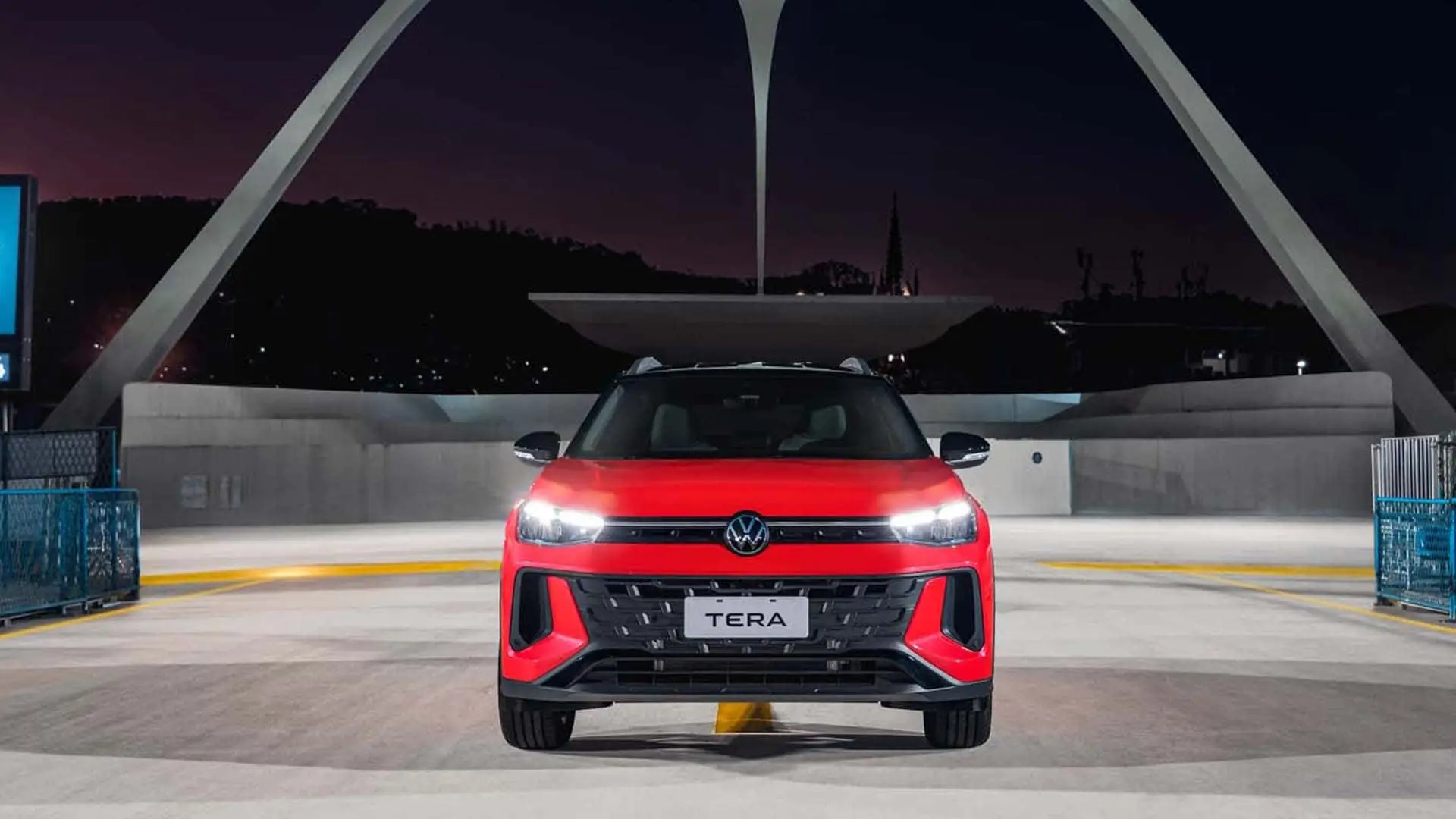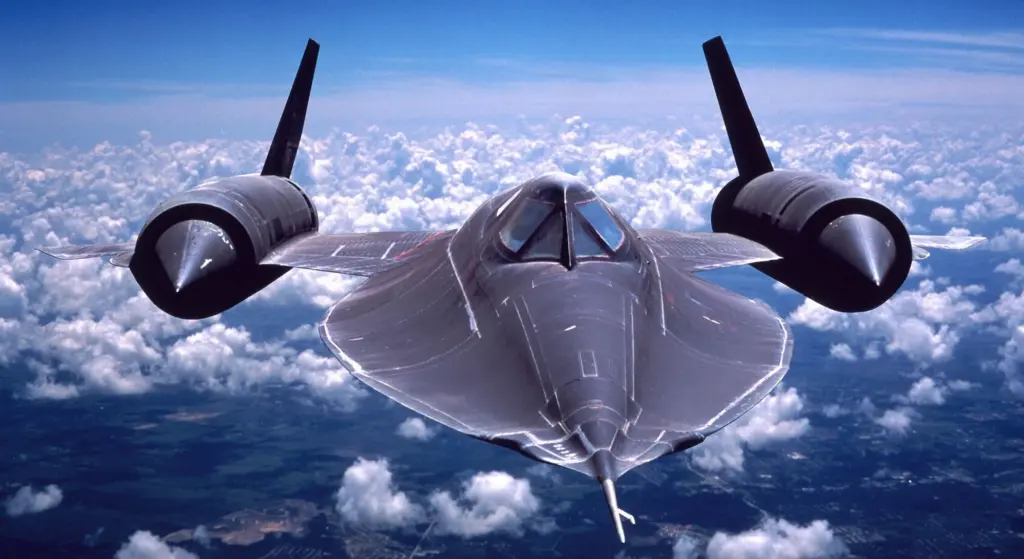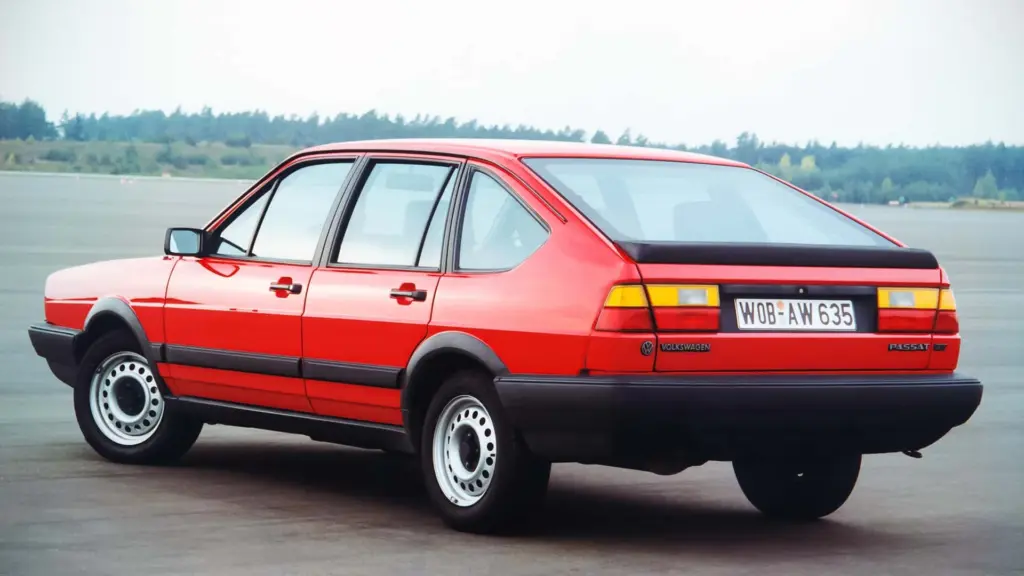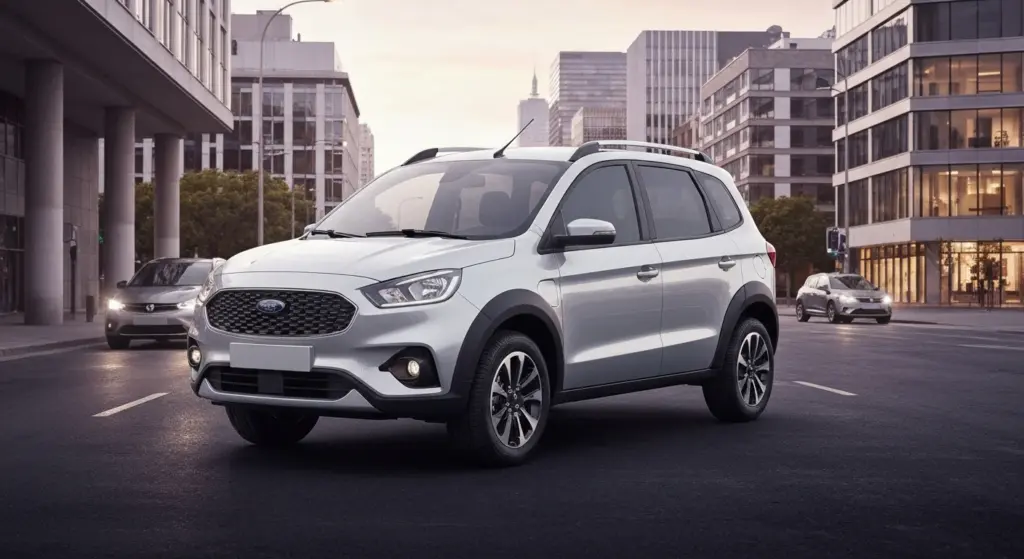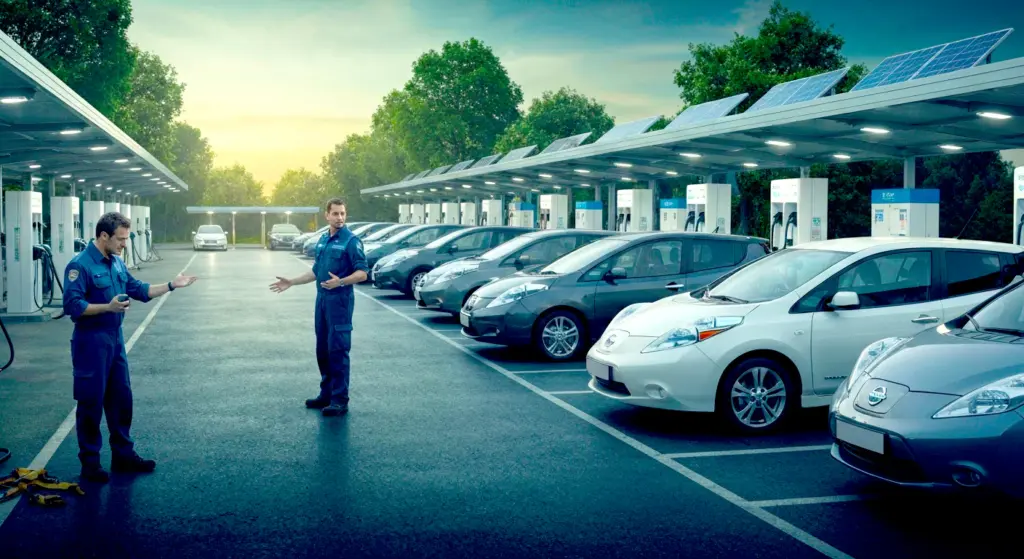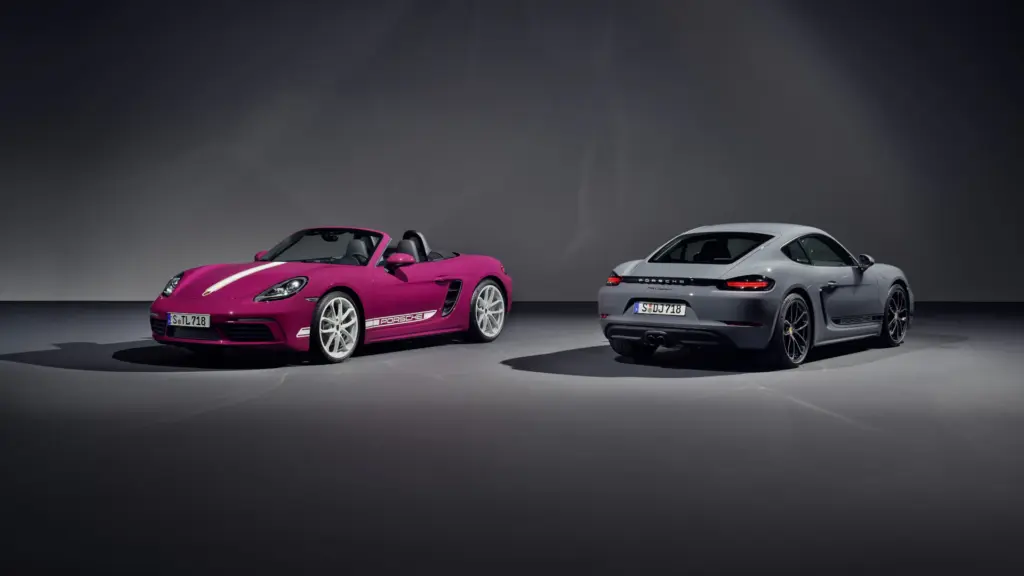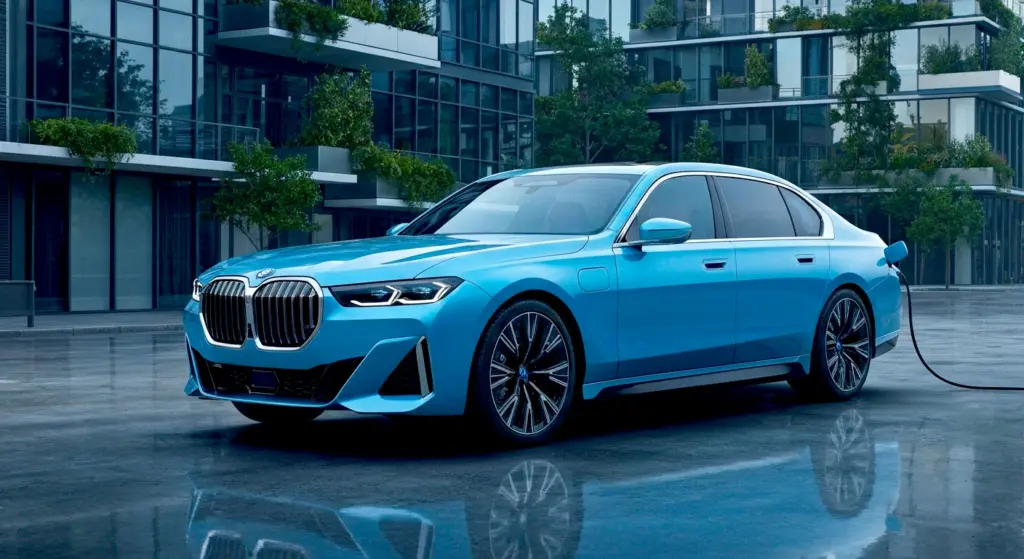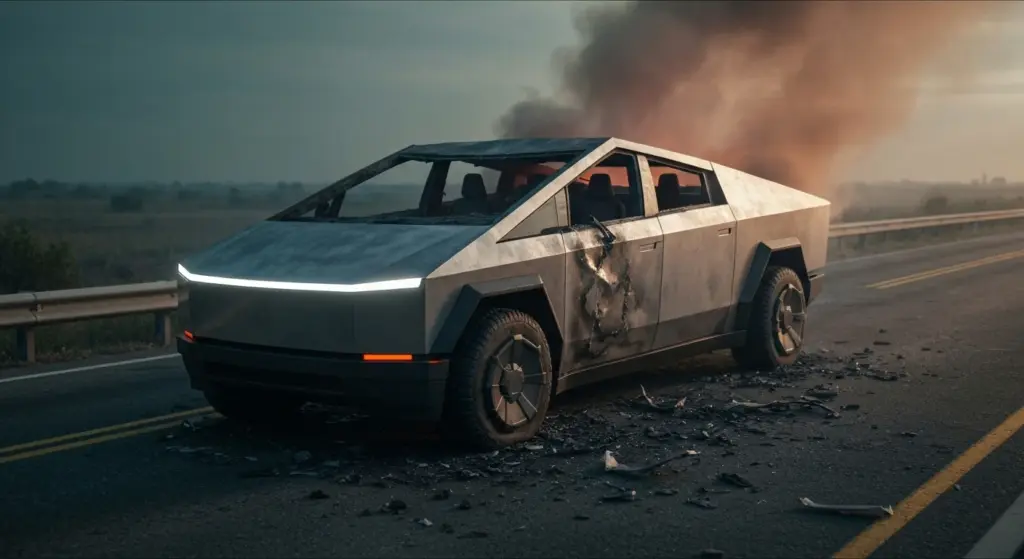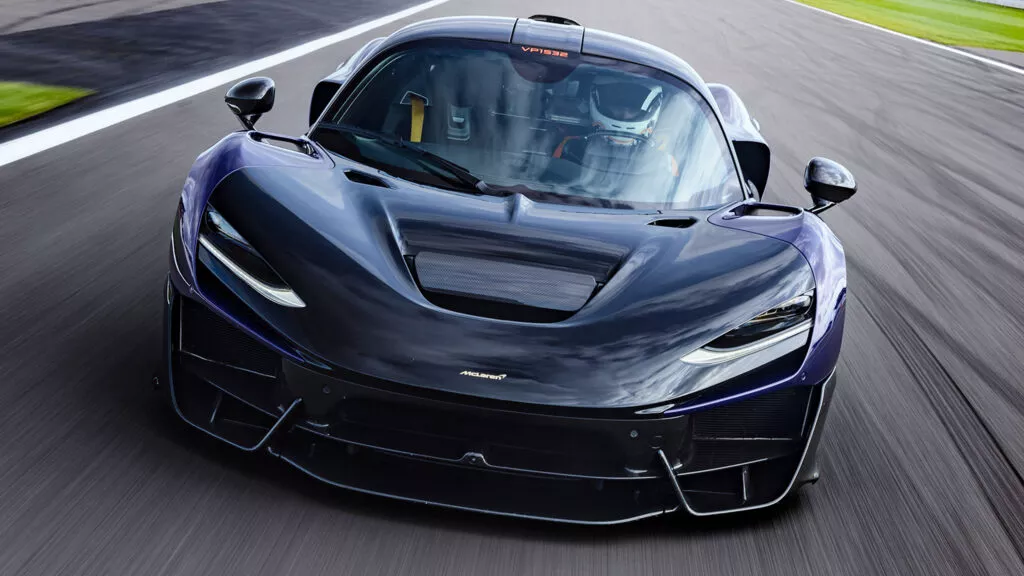In an increasingly competitive automotive market, choosing between models like the Volkswagen Tera and the Citroën Basalt requires a detailed analysis of design, performance, comfort, safety, and cost-effectiveness. This report provides an in-depth comparison of these two SUVs, highlighting their technical features, positioning in the segment, and public acceptance. Based on expert reviews and technical data, the text explores everything from aesthetics to market trends, offering a comprehensive overview to guide potential buyers.
Design and Style: Lines, Dimensions, and Ergonomics
The Citroën Basalt emerges as a coupe SUV with balanced and harmonious lines, avoiding stylistic exaggerations. Its sloping profile refers to the sporty crossover category, while the ground clearance of 180 mm ensures practicality on uneven terrains. The dimensions — 4,343 mm in length, 2,014 mm in width, and a wheelbase of 2,645 mm — prioritize interior space, particularly with a trunk capacity of 490 liters. Inside, the use of durable materials on the central dashboard reveals a choice for a simplified finish.
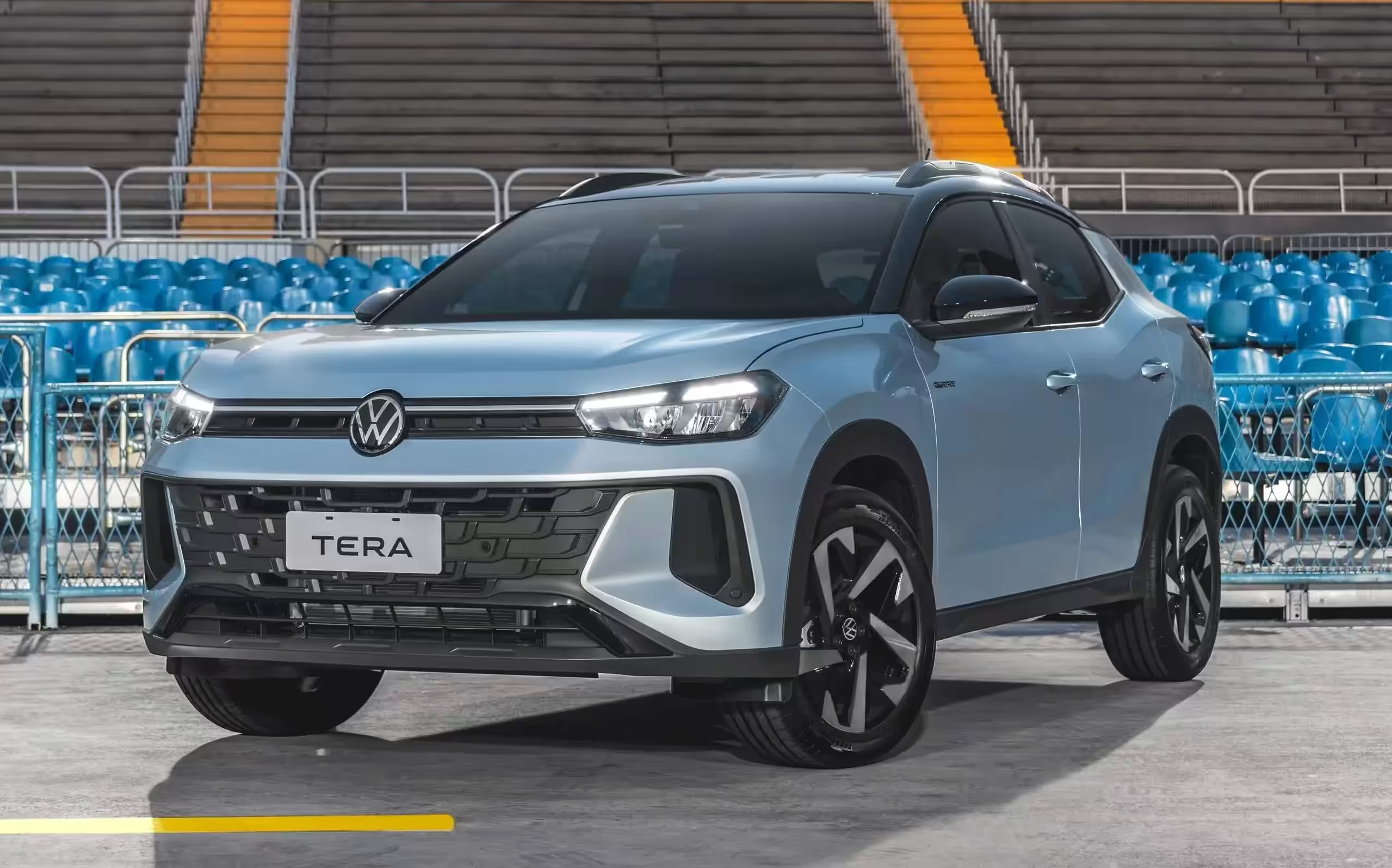
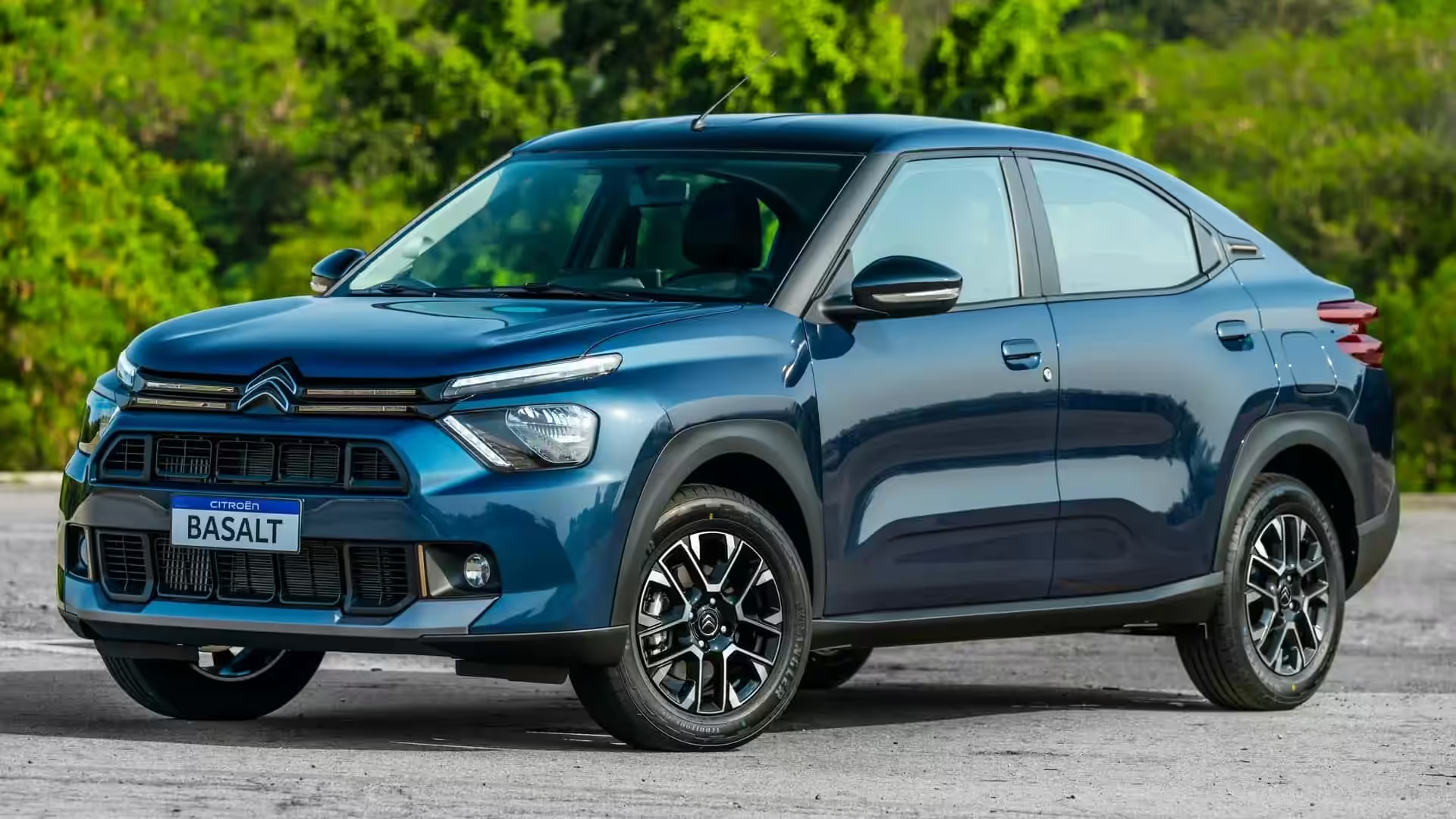
On the other hand, the Volkswagen Tera adopts a more conservative approach, featuring straight lines and a robust silhouette typical of traditional SUVs. Although precise measurements are not available, its wheelbase is expected to be similar to that of the Basalt, but with greater emphasis on chrome elements and premium details. The ergonomics of the Tera tend to be more refined, with centralized controls and a wider range of seat adjustments, such as lumbar support and integrated armrests — features absent in the Basalt, which has fixed seats in a high position and front seatbelts without height adjustment.
Performance and Technology: Engine and Embedded Systems
The Citroën Basalt offers two engine options: a naturally aspirated 1.0 (75 hp gasoline) with a five-speed manual transmission and a 1.0 Turbo (130 hp) coupled with a seven-speed simulated CVT. In practice, the naturally aspirated version has a consumption of 13.2 km/l in the city and 14.3 km/l on the highway (gasoline), while the turbo version achieves 11.9 km/l in urban settings and 13.7 km/l on the road. However, the acceleration is modest: the manual model takes about 14 seconds to reach 100 km/h.
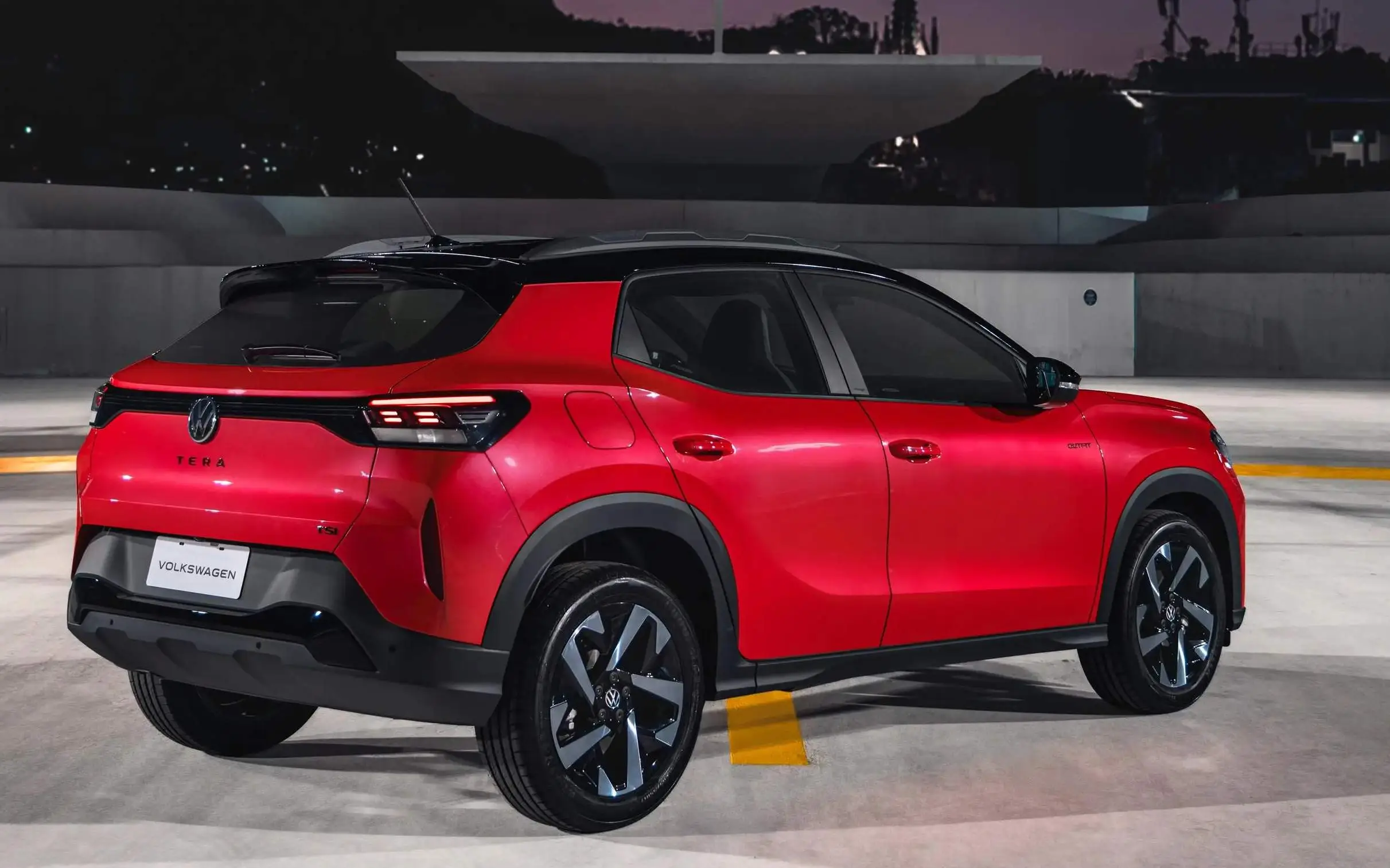
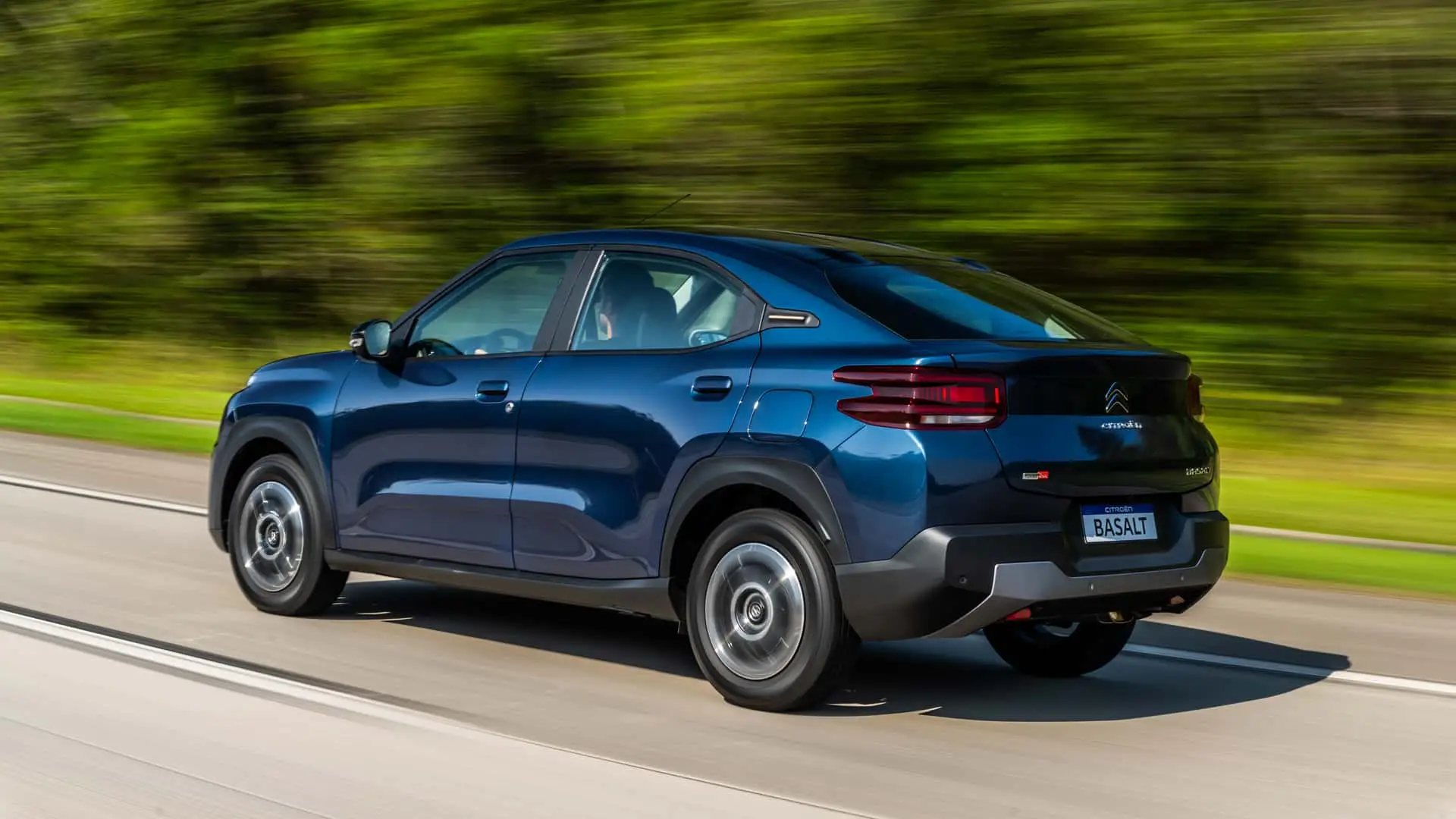
The Volkswagen Tera, on the other hand, is likely to be equipped with engines such as the 1.4 TSI (150 hp) or 2.0 TDI (diesel), paired with dual-clutch automatic transmissions. These configurations ensure more vigorous acceleration (0-100 km/h in approximately 9 seconds) and balanced fuel consumption, around 12 km/l in the city. Technologically, the Basalt includes a central screen of 10.25 inches with Android Auto and Apple CarPlay but lacks parking or autonomous braking assistance. The Tera, following Volkswagen’s standard, is expected to offer systems like IQ.Drive, which integrates adaptive cruise control and collision alert, along with more sophisticated digital displays.
Comfort, Finish, and Interior Space
Despite the Citroën Basalt surprising with its interior space — with a rear seat that accommodates tall passengers even with the front seats pushed back — its finish has been criticized for the use of hard plastic materials on the dashboard and doors. The synthetic fabric seats limit breathability, and the lack of adjustments on the rear seatback hinders flexibility for larger loads. In contrast, the Volkswagen Tera is expected to prioritize soft-touch finishes and ventilated leather seats, maintaining higher standards of thermal comfort and ergonomics.
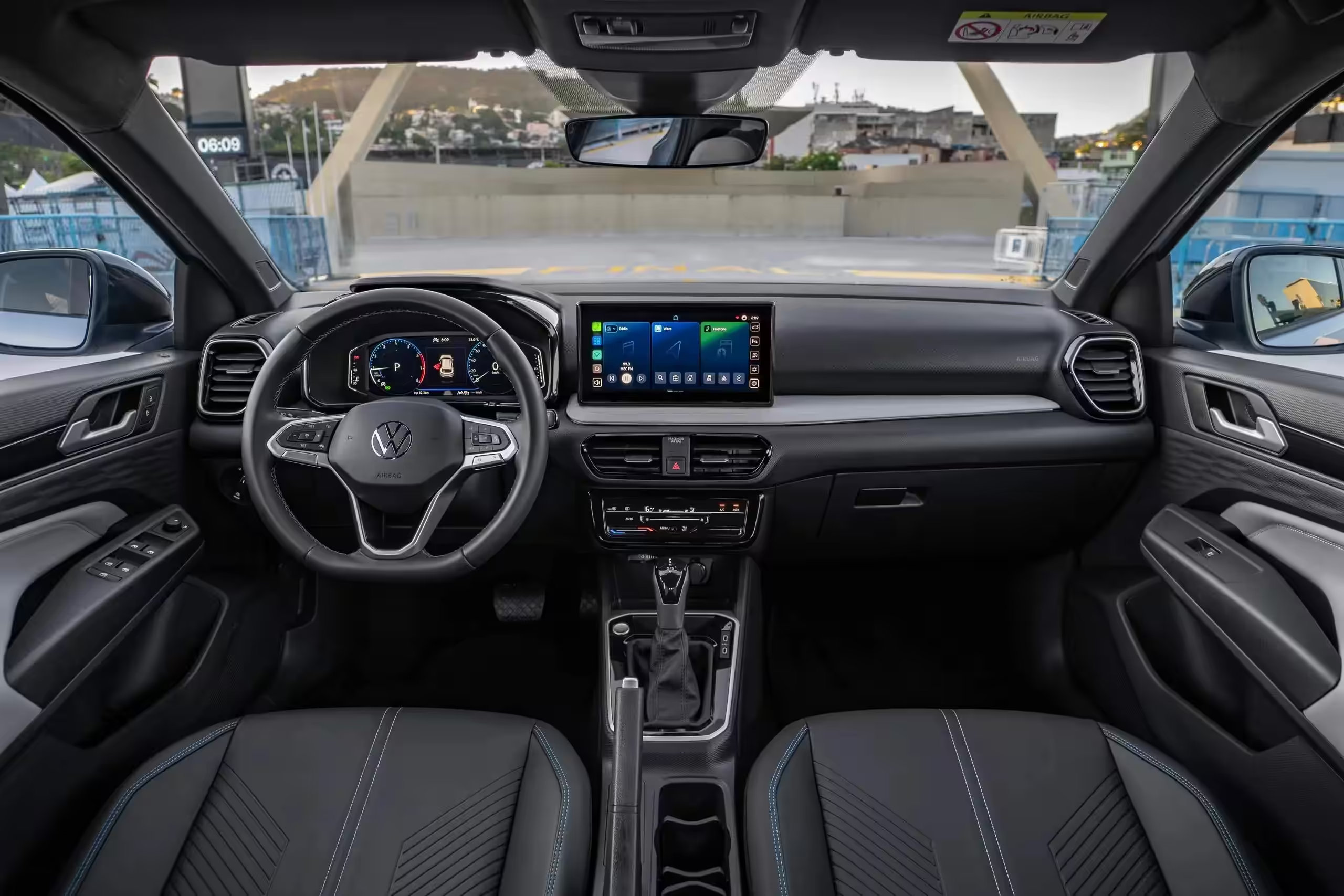
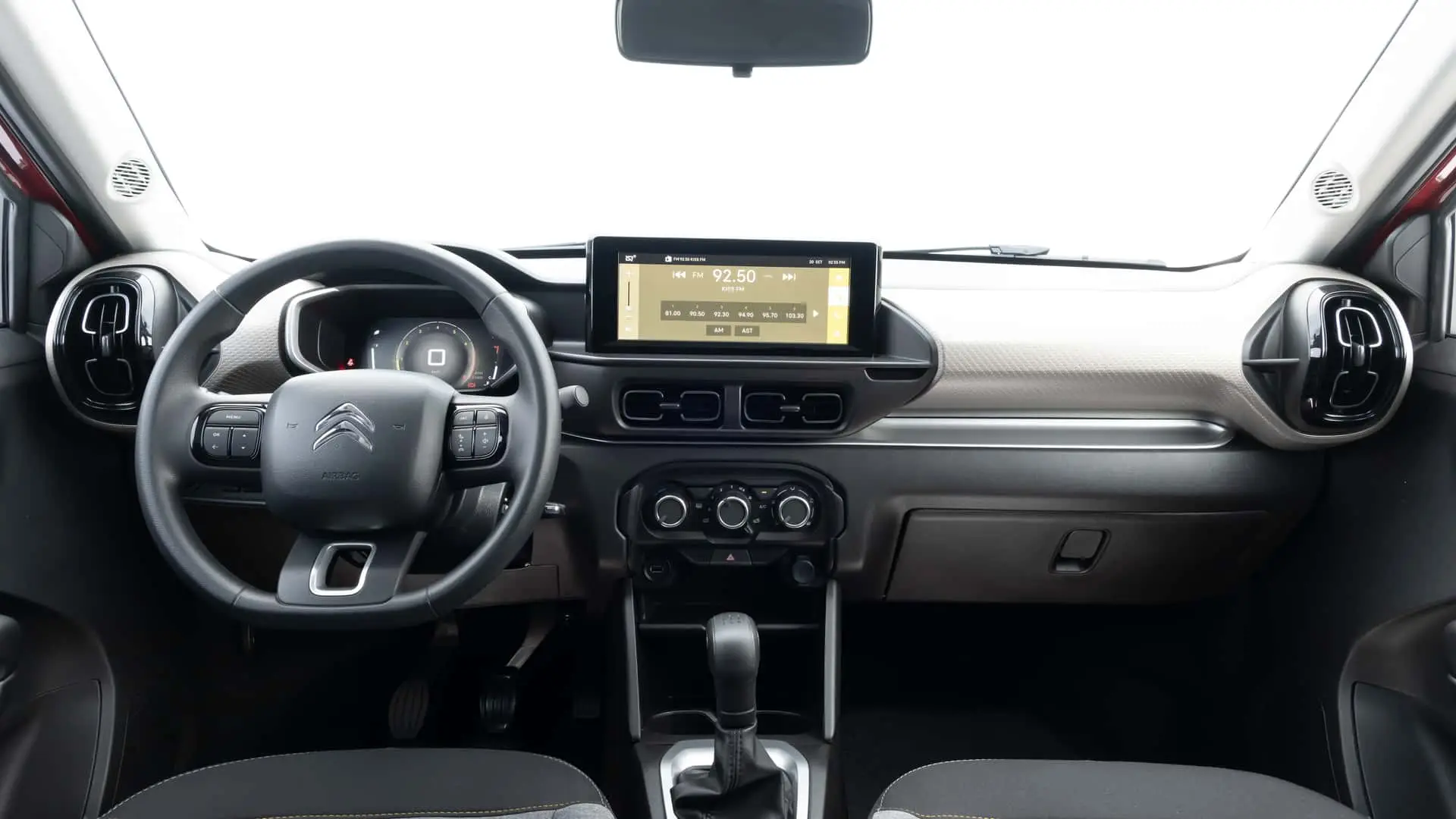
In terms of storage, the Basalt offers three USB ports and a 12V outlet, but it fails in the location of the rear window controls, which are positioned behind the handbrake. The Tera, in turn, tends to distribute storage compartments better, with cooled cup holders and spacious side pockets, reflecting Volkswagen’s experience in interior design.
Safety: Equipment and Certifications
The Citroën Basalt comes with four airbags in the base version, a rearview camera, and parking sensors in higher configurations. There is currently no public data on crash tests, but the structure uses a platform shared with other models. The Volkswagen Tera, by tradition, is expected to include six airbags, ESC (electronic stability control), and pedestrian protection, and it could possibly achieve 5-star ratings in safety evaluations.
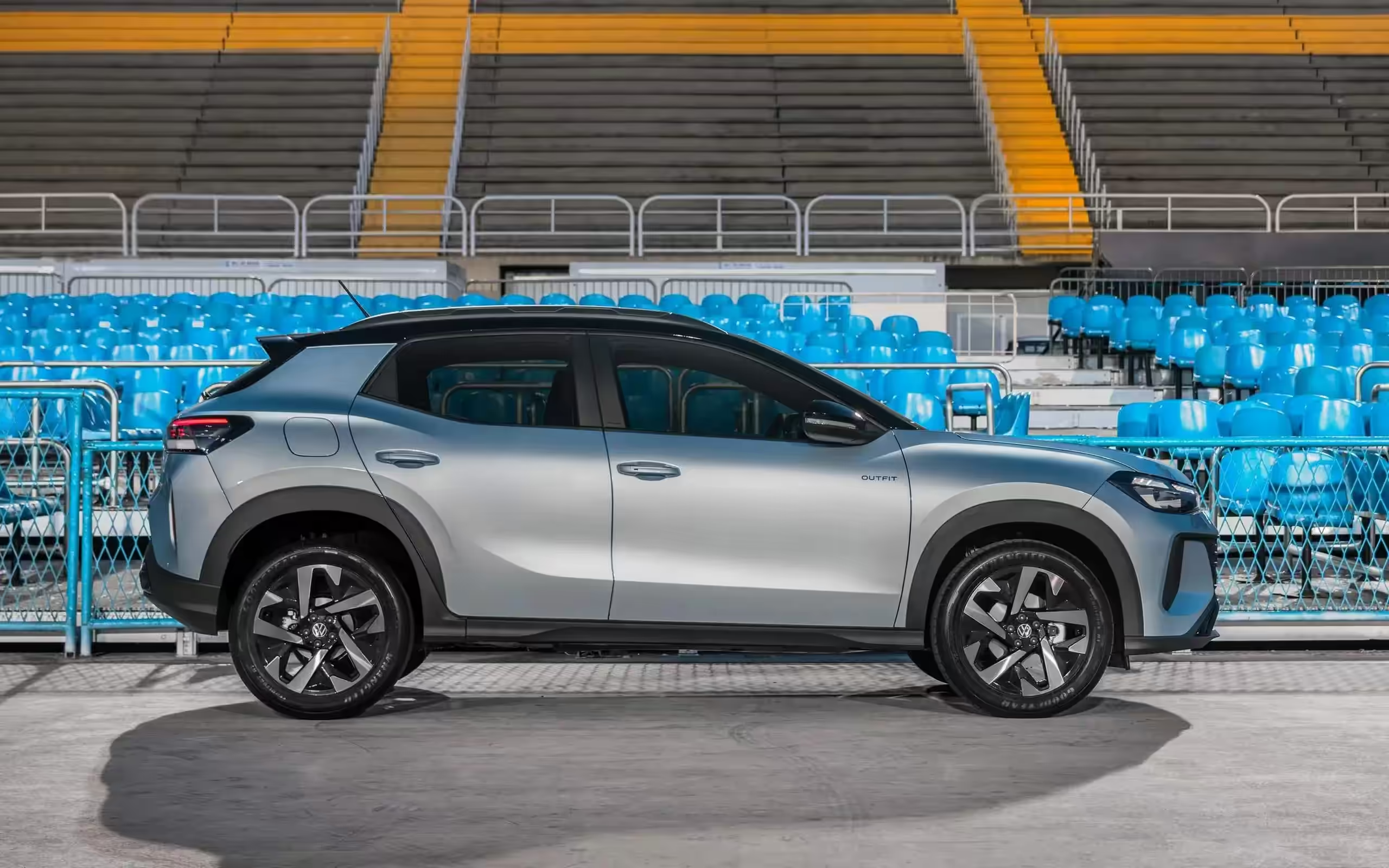
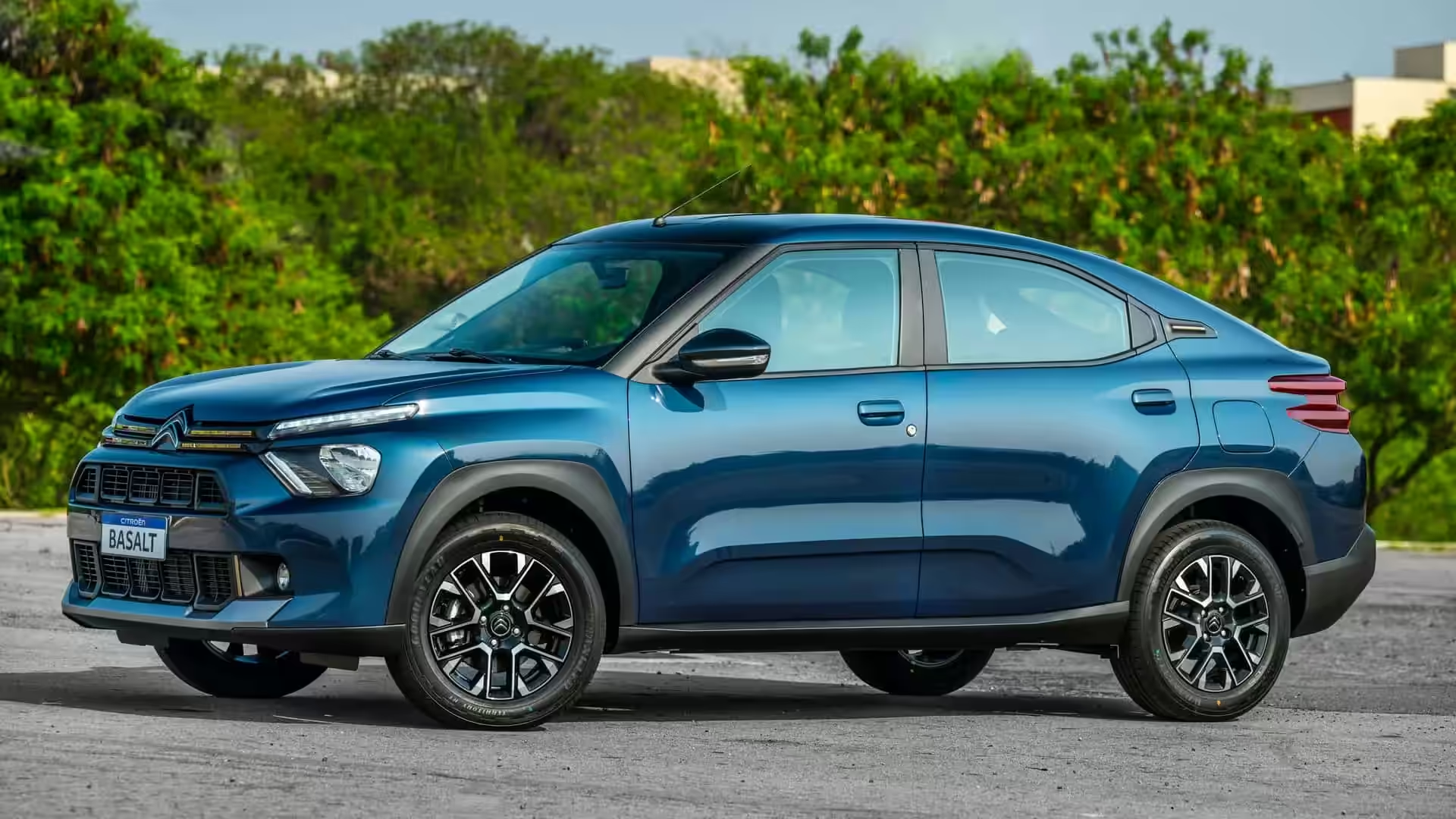
Cost-Effectiveness and Market Value
With a starting price of approximately $18,000, the Citroën Basalt positions itself as an affordable option, especially in the more equipped version (approximately $21,000). Its maintenance costs are low due to the shared parts with other models. However, depreciation may be pronounced, as premium brands like Volkswagen traditionally retain better resale value. The Tera, estimated to start at $25,000, offers greater robustness and a dealer network but comes with higher costs for servicing and insurance.
Sustainability and Energy Efficiency
The Basalt is preparing to receive a mild hybrid system in 2025, promising a reduction of up to 10% in consumption without altering the power of the Turbo engine. Currently, its CO₂ emissions vary according to the engine: the naturally aspirated version emits about 120 g/km, while the turbo version reaches 135 g/km. The Volkswagen Tera, if it has plug-in hybrid versions, could record emissions below 50 g/km, aligning with stricter environmental regulations.
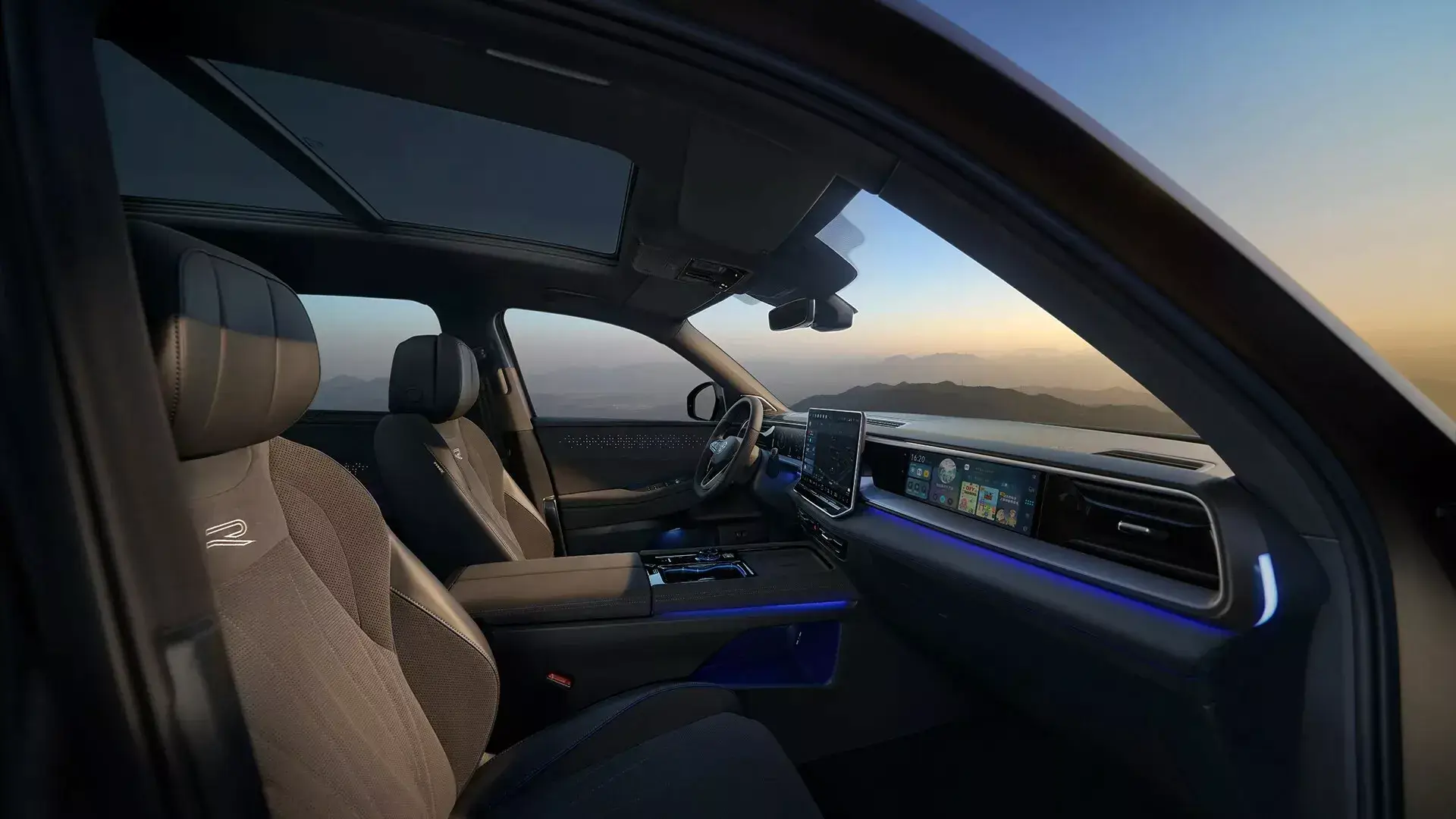
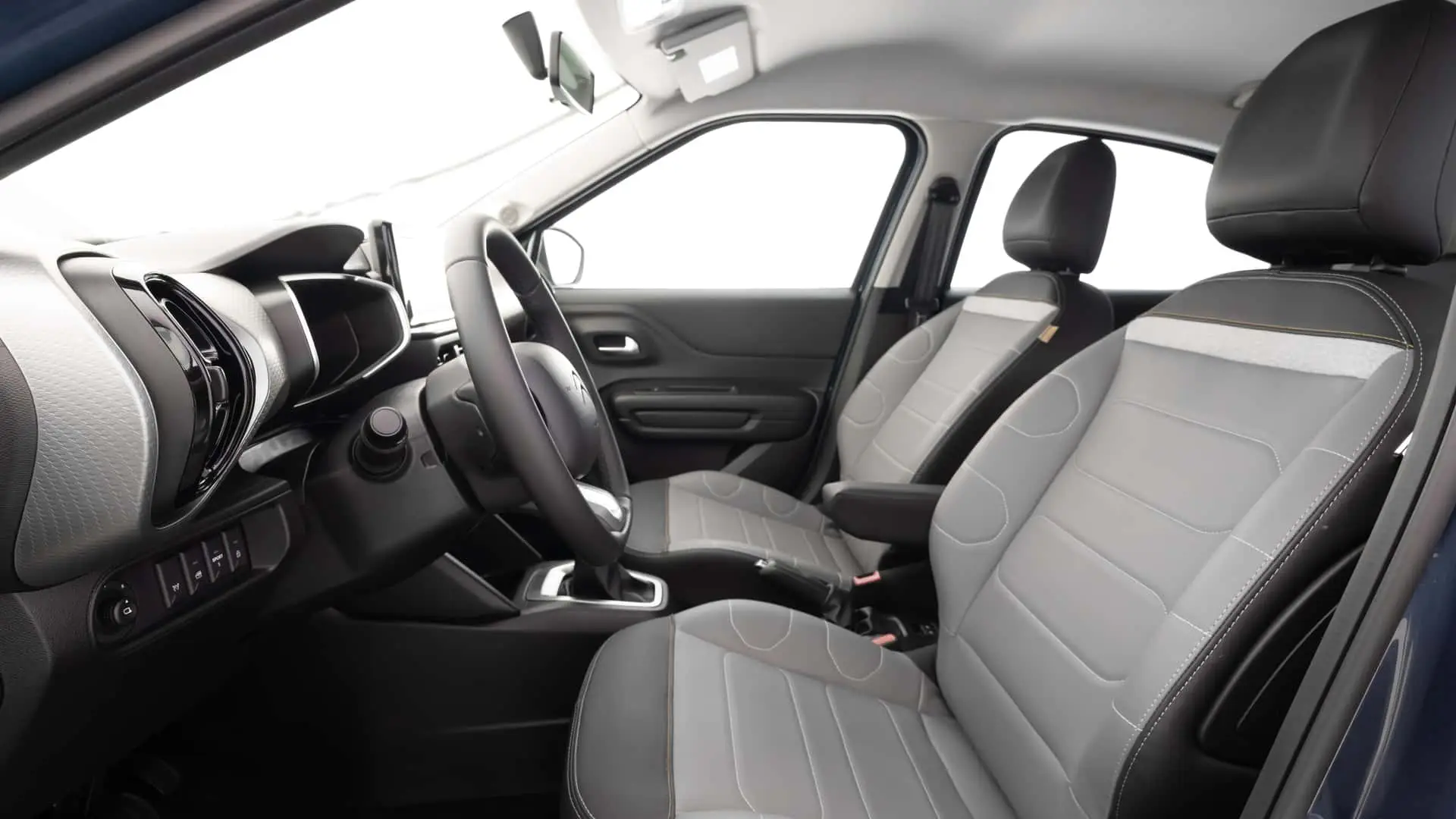
Market Trends and Acceptance
The Citroën Basalt stands out for its competitive price and interior space, attracting families looking for practicality without spending a lot. Criticisms focus on the simplified finish and the sluggishness of the naturally aspirated version. Meanwhile, the Volkswagen Tera benefits from the brand’s reputation for safety and technology, appealing to consumers willing to pay more for status and durability. In sales, the Basalt has a growing share in the coupe SUV segment, while the Tera seeks to establish itself in premium niches.
Conclusion: Pros, Cons, and Highlights by Category
Citroën Basalt
- Pros: Affordable price, generous interior space, efficient fuel consumption (naturally aspirated version).
- Cons: Basic finish, modest performance, lack of ergonomic adjustments.
Volkswagen Tera
- Pros: Premium finish, advanced technology, better performance.
- Cons: High initial cost, expensive maintenance, less luggage space.
Highlights by Category
- Design: Basalt (youthful style) vs. Tera (classic elegance).
- Technology: Tera (assistance systems) vs. Basalt (basic connectivity).
- Cost-Effectiveness: Basalt (for tighter budgets) vs. Tera (long-term investment).
In summary, the Citroën Basalt is ideal for those prioritizing economy and space, while the Volkswagen Tera meets demands for sophistication and technology. The final balance depends on the consumer’s profile: the Basalt wins in initial cost, but the Tera offers a more complete experience for those who can invest more.
Author: Fabio Isidoro
Founder and editor-in-chief of Canal Carro, he dedicates himself to exploring the automotive universe with depth and passion. A car and technology enthusiast, he produces technical content and in-depth analyses of national and international vehicles, combining quality information with a critical eye for the public.

